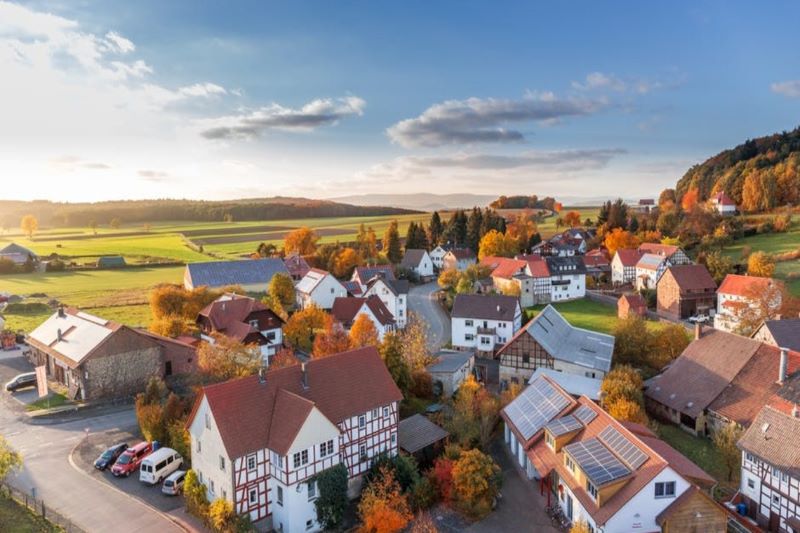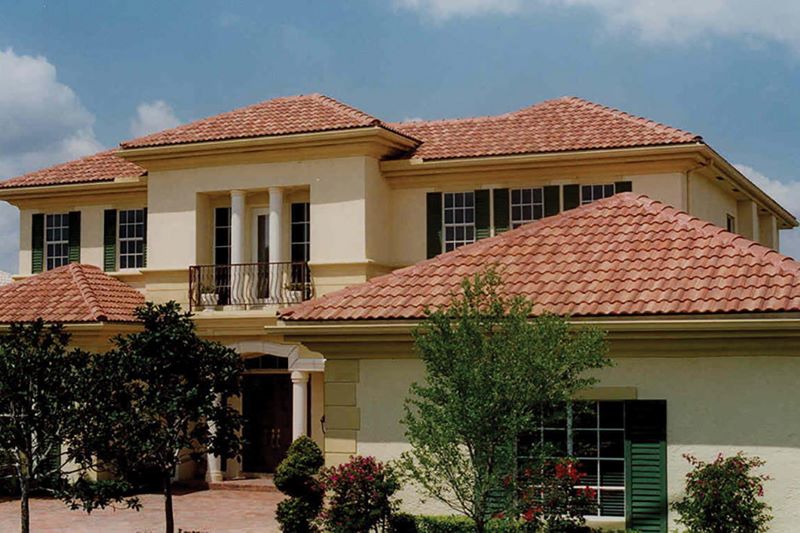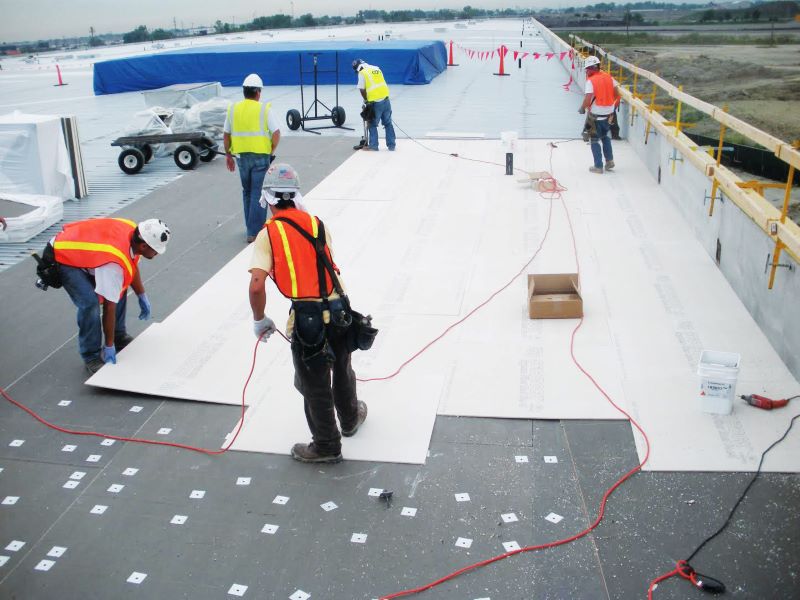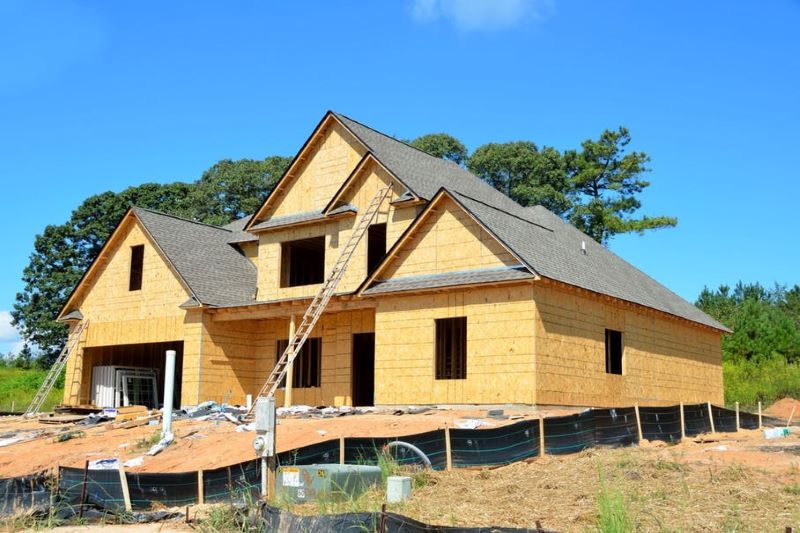Table of Contents
Many things can damage a roof. While some are a little more obvious, there are others that many people wouldn’t even consider until it was too late. If you’re curious about some unexpected things that could affect your roof, take a look at some of the less obvious issues that can damage a roof and its supports.
1. Sun
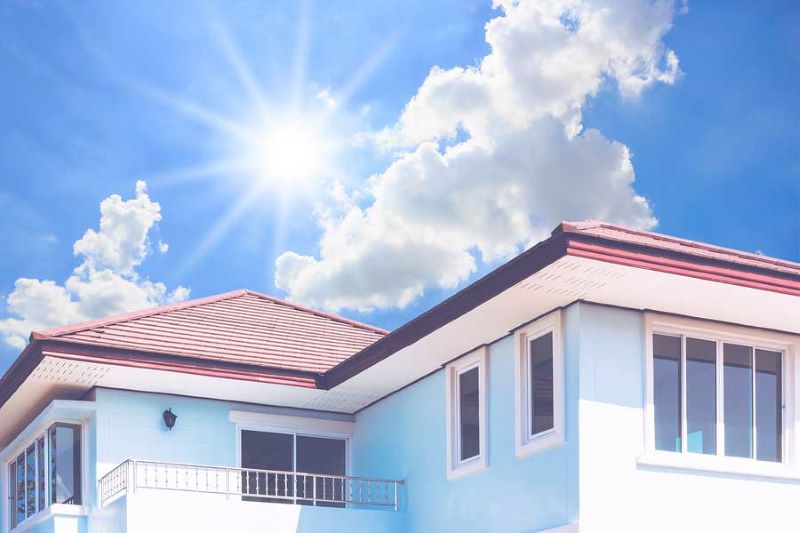
One of the more elusive things that can damage a roof is the sun. Without something to protect your roof from ultraviolet rays, eventually, they will damage your shingles. Sometimes the damage can be extensive because the sun’s rays make roofing materials dry and brittle. This can lead to the shingles falling apart and leaving the wood underneath exposed to the elements. An easy way to help protect your roof from ultraviolet rays is to add a protective membrane. Several products, like rubber roof treatments, are perfect for protecting your home.
2. Foliage
While most people are familiar with the problem of tree branches falling and damaging a roof, they typically don’t think about other tree problems, like foliage. There are a couple of major concerns with foliage, as it can collect in the gutters, backing up water and rotting any wood parts of your structure. While you can typically fix dirty gutters with a simple wire mesh cover, you should still conduct regular gutter cleaning and maintenance.
One of the less obvious ways foliage can be a problem is when it collects in the valleys of roofs. When wet leaves, sticks, and pine needles are left behind, they begin to deteriorate the material underneath – even the plywood of your roof! Given enough time, plant matter decomposition can start to rot the supporting framework as well. You can avoid this problem easily with routine cleanings. Ensuring your roof is cleared of wet mulch, prevents the damage that rotting plants can cause.
3. Animals

There are a plethora of animals that can cause problems for a roof and the frame underneath. Nesting Birds, squirrels, raccoons, mice, and bats are all animals that work at tearing apart your roof. Woodpeckers also tend to lift up shingles or dig into rotted fascia boards to get at insects. Raccoons will tear off shingles as well as vent covers when trying to find a way inside a house.
To help minimize animal problems, you can use a galvanized cap for chimneys and vents. Keep up on both roof and gutter maintenance. Routinely check your roof and attic for animal damage, Finally, remove any food sources that animals can get to. This includes making sure trees are trimmed around the roof.
4. Rats
Rats and mice can burrow and gnaw in trusses and tiles, causing damage and compromising the structure of your roof. The reason rats are a separate issue from other animals is due to their teeth. Rats can chew through metal pipes and tiles, as well as regular wood. You need to inspect your soffits and fascia for holes and make sure to seal or block them. Wire mesh or black foam are good choices for blocking.
Check your ventilators, shingles, and chimneys for any breakages, gaps, or leaks. Any gaps should be filled in, and the chimney has to be capped to ensure that no rodents can enter the home that way.
5. Insects

Bugs are an entirely different matter than most animals. Not only are they much smaller (and therefore harder to detect), but they can create a lot more damage before anyone ever notices. Termites are one of the primary culprits because they feed on wood and cause significant damage to the structural beams and trusses of a roof. This is a somewhat elusive problem because the roof may look fine, while the structural integrity is being weakened.
Other insects are food that draw larger animals to your home. You also have to treat for insects differently than you would larger animals. The most obvious preventative measure here is to have the exterminator come spray for bugs routinely. There are some other ways to prevent insects like keeping siding at least six inches above the soil ,and placing your plants and mulch so that it’s not touching the house.
6. Moisture
Many people do not realize that moisture can cause damage to a roof, but moisture attracts mold, moss, and mildew. Pressure washing or soft washing with bleach can help prevent mold, moss, and algae growth from retaining moisture and causing shingles to deteriorate and rot. The surface of the roof should be inspected for loose shingles, openings, and nail pops which are a common defect and point of moisture intrusion
In addition to rotting your roof, mold can seep into your house and cause many other problems and health hazards such as respiratory illnesses.
7. Ice and Snow
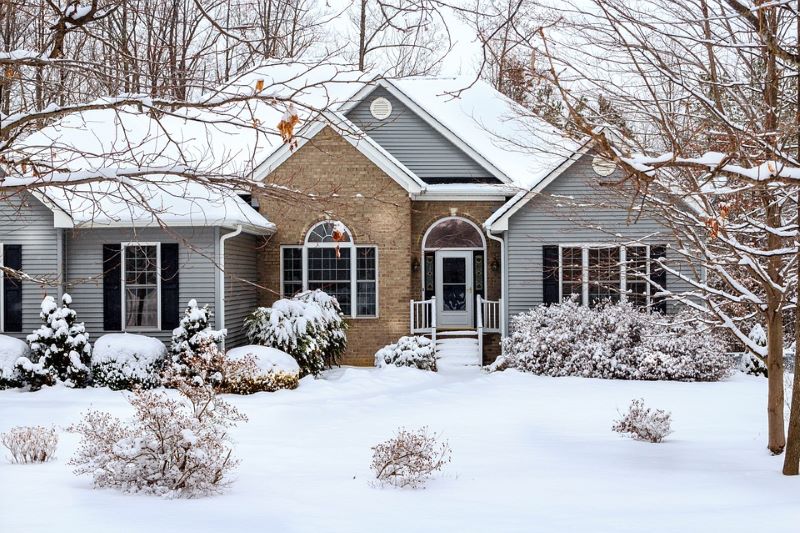
It is important to inspect your roof before the winter months arrive. The roof needs to be checked for loose shingles, flashing materials, and openings which can lead to the deterioration of joint construction sealants. It is important to note that ice expands so these openings and loose materials can be further opened or damaged by the pressure as rain water freezes.
Check your ceilings for stains that indicate active roof leaks. Water leaks from winter snow melts can lead to mold growth once the summer months return. Also, be sure to trim back your trees because they can be weighed down by ice and snow buildup and come crashing down on your roof.
Make sure to clean your gutters and remove leaves and other debris before winter arrives. Gutters that aren’t clean become clogged and will hold on to ice and snow, this build-up in the eaves can make its way under shingles if the water sits too long.
8. Hail
If you have asphalt shingles, hail can damage the protective mineral coating on them. This allows other damage from water and ultraviolet rays to occur quicker and more extensively. Excessive or repeated hail damage will shorten the life of your roof.
In addition to the damage to the mineral coating of the asphalt shingles, hail can do a lot of structural damage to a roof – depending on the severity of the storm. Building your roof with impact-resistant materials can help, while modified asphalt shingles are a good impact resistant roofing, as long as they are well maintained.
Working with Experts
It’s impossible to completely protect your roof from all the dangers out there. When you contact expert roofers, you’ll find that they know about every single thing that could harm your roof and they’re prepared to handle it!
source/credit: customroofingca.com
